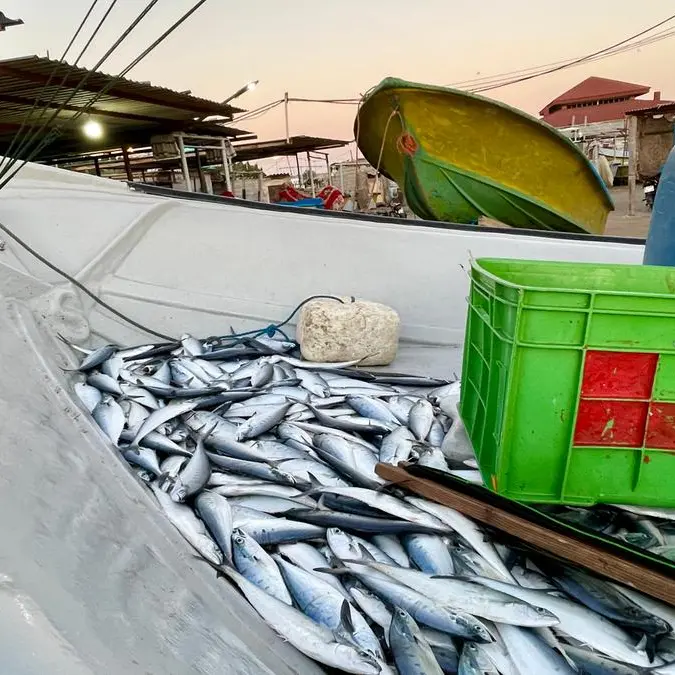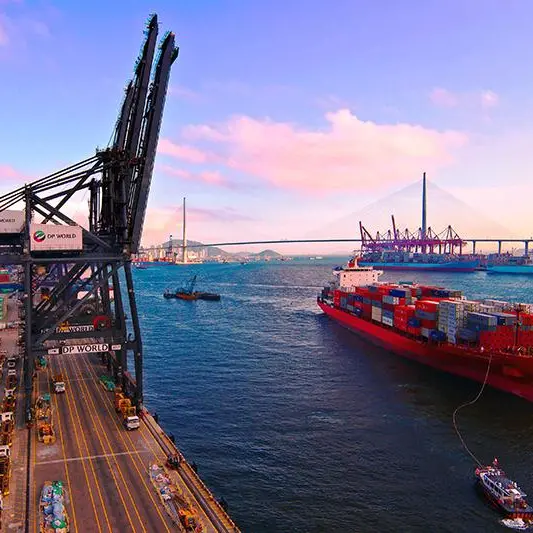PHOTO
Part of Abu Dhabi, UAE with tall buildings and surrounding area viewed from the helicopter. Image used for illustrative purpose. Getty Images
ABU DHABI - Ahead of COP28, the Abu Dhabi Department of Energy (DoE) unveiled the Abu Dhabi Energy Outlook 2050, the first comprehensive blueprint mapping a bold net-zero vision for the Emirate and promoting a just and equitable transition.
Launching the outlook at a stakeholder gala dinner with key players in Abu Dhabi last night, DoE Chairman Awaidha Murshed Al Marar said the outlook offers three alternative pathways and wide-ranging interventions that support the nation's sustainability endeavours to reduce our carbon footprint. "This outlook presents an ambitious vision towards our green goals and positions Abu Dhabi as a global beacon of sustainable development moving towards a zero-carbon society.
Crucially, the scenarios outlined in the outlook – maintaining current policies, closing the gap for net-zero in 2050, embracing a full technological shift paradigm – are designed to inspire sustainable change and shape the net-zero transition, without prescriptive measures."
The outlook illustrates what Abu Dhabi's transport, buildings, industry and power sectors might look like under more ambitious policies and technology advancements to accelerate the pace of decarbonisation in all sectors over the next three decades. It aligns with the 'COP28 Net-Zero Transition Charter', which aims to mobilise all sectors of the economy and society to commit to a national pledge of reducing carbon emissions and producing a credible net-zero transition plan.
Al Marar highlighted that the outlook would catalyse progressive net-zero policy development across all sectors, supplementing existing regulations and harmonising efforts for a unified approach to decarbonisation in the UAE.
"The outlook shows that we can address the emissions gap, meet our net-zero 2050 targets, and develop a climate-neutral economy that gives everyone the sustainable environment they deserve without sacrificing the prosperity of the state or the individual."
Abu Dhabi has so far deployed many decarbonisation policies and regulations including Clean Energy Targets 2035, Regulatory Policy for Clean Energy Certificates, Policy for Energy Production from Waste, Regulatory Policy for Electric Vehicle Charging Infrastructure, District Cooling, Recycled Water Policy, Demand Side Management Strategy, as well as important position papers related to hydrogen and market reforms.
However, the outlook calls for more ambitious energy and climate-friendly policies for the UAE to meet its 2015 Paris Agreement commitments. Al Marar explained, "We are already at 40% renewable energy in Abu Dhabi. We are targeting 60% clean electricity by 2035 and a carbon-neutral economy by 2050. We are also innovating in water reuse and, by 2024, we hope that not a single drop is wasted in the Emirate of Abu Dhabi. To achieve this kind of collective socio-economic change and climate action, at the Emirate and national level, we must bring everyone along. It's not about limiting options; it's about forging the right outcomes together with behaviour change, dialogue, agreement and alignment."
The outlook was developed after a year of extensive modelling using the DoE's Integrated Energy Model or 'Energy Cube', insight gathering and consultation with broad range of public and private stakeholders. It will be revisited and updated as progress is made towards net zero goals, markets change, and technologies progress.
Three different but comparable scenarios form the basis of the outlook. One takes a business-as-usual approach while the other two are geared towards achieving net-zero targets by 2050. However, each scenario is influenced by two primary factors: level of policy ambition and embracing technology evolution.
In a Current Policies future, where Abu Dhabi broadly maintains its current level of approved commitments and energy policies, the outlook assumes that by 2050, there will only be a moderate uptake of renewables. Natural gas will still dominate the industry's energy usage without extensive CCUS (Carbon Capture, Utilisation and Storage) methods to mitigate its emissions.
• Meanwhile, transport systems and buildings will only adopt more energy efficient measures piecemeal, with economics driving decisions on powertrains, energy management systems and so on.
• This is the lowest ambition scenario with very limited take-up of emerging technologies and an emphasis on short-term cost-competitiveness over environmental sustainability and long-term industrial growth.
• Overall, DoE assumes that such a future sees Abu Dhabi reducing its 2021 levels of Co2 emissions by just 29%.
In a Net Zero future, Abu Dhabi would continue to refine and expand a range of ambitious policies to eliminate the current gap in its net zero targets, reducing emissions by 100% by 2050.
• In the power sector, this outcome envisages widespread adoption of CCUS in all natural gas facilities, supported by rapid development of renewable energy and other clean energy sources.
• Industrial sectors would follow suit, while transport would embrace electrification and fuel switching measures, alongside a concerted effort to improve the energy efficiency and clean energy fuel mix of buildings in the Abu Dhabi emirate.
• This outcome would involve a moderate level of technological development (deploying key emerging technologies at scale), and the accelerated use of abatement technologies like CCUS to rapidly bring down emissions.
The Technological Shift Paradigm future is the most ambitious and technologically-driven.
• It envisages all the changes explored in the Net Zero scenario but turbocharged.
• This scenario embraces every available energy sustainability practice and emerging technology, while relying on abatement technologies only in a limited manner.
• This scenario imagines an aggressive deployment of renewables, sector-wide electrification, fuel-switching efforts, and mass deployment of smart building controls.
The outlook cites the significant challenges associated with the Net Zero and Technological Shift Paradigm pathways.
Al Marar explained, "Creating this kind of net-zero economy is hugely complex and no doubt the challenges we face will grow and evolve in line with our technological prowess. Some will be beyond our control, such as global market access and supply of key technologies, while others can be directly mitigated by proactive policies and greater collaboration. For example, Abu Dhabi can invest more deeply in the education of our youth talent, deepen international collaboration in key research and development areas, and strengthen backbone infrastructure projects such as hydrogen and CO2 pipelines or CCUS hubs. Though the difficulties and costs of adopting climate-neutral technologies are sizeable, so are the benefits we stand to gain as an Emirate, as a nation, and as a globally connected population."
DoE has repeatedly highlighted how collaboration and partnerships are the key to investment in emerging technologies and deploying them at scale across different industries and sectors. This stance extends beyond Abu Dhabi, as the UAE Government's Net Zero 2050 Charter was signed by all seven emirates in March 2023.
Similarly, national and Emirate-level government entities are committed to developing energy policies that allow public and private enterprises to work hand-in-glove, finding optimal solutions to the challenges of fast-paced technological adoption and similarly rapid economic transformation.
From the DoE's own Regulatory Policy for Electric Vehicle Charging Infrastructure to the Green Products Procurement and Manufacturing scheme of the Industrial Development Bureau, the emphasis of UAE energy policies is to inspire and incentivise the private sector towards a net-zero future, while always considering sector-specific challenges.
Al Marar concluded, "Both the Net Zero and Technological Shift Paradigm scenarios require substantial, iterative change in everything from how we produce energy to how we consume it in our homes and vehicles. Committing to ambitious policies, consistently choosing to invest in emerging technology and forging cross-sector collaborations to maximise the use of said technology is how we get there."





















